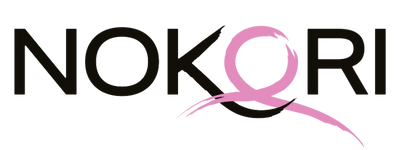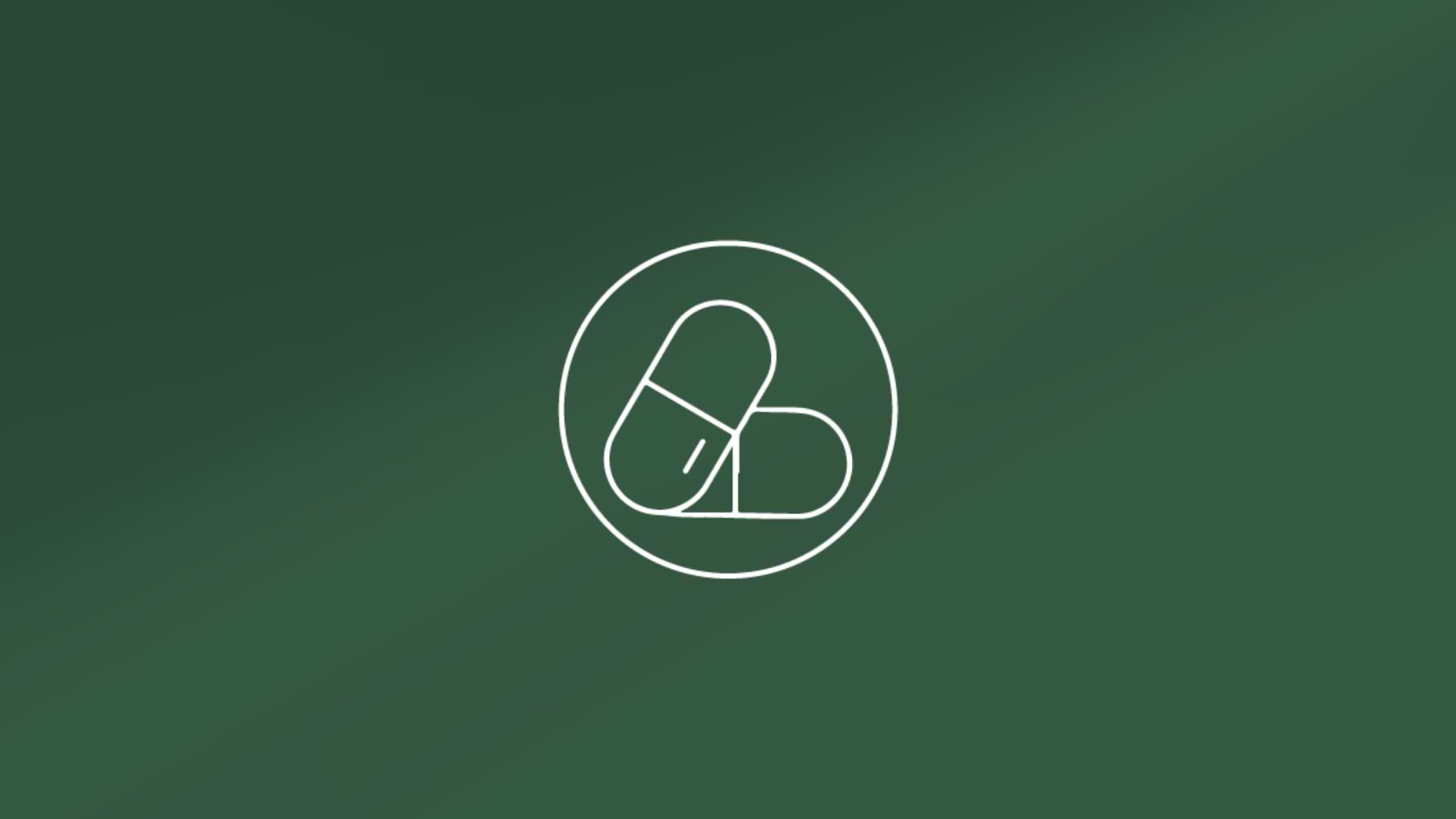What is a Probiotic Lysate?
(Refers to Limosilactobacillus fermentum, formerly classified as Lactobacillus fermentum)
This probiotic lysate — derived from Limosilactobacillus fermentum —stands out as a prominent member within the probiotic cohort. This Gram-positive bacterium, part of the lactic acid bacteria family, is found in fermented plant-derived foods and various human microbiota sites, including the oral cavity, human breastmilk, and the vaginal milieu [1]. With its ability to produce antimicrobial peptides, Lb. fermentum emerges as a promising candidate for a diverse range of medical applications and health benefits.
The lysate of Lb. fermentum, derived from the breakdown of the bacterium's cellular components, encapsulates all the bioactive molecules present in the intact bacterium. This meticulous preservation of bioactivity renders the resulting formulation a valuable asset, primed to enhance wound healing processes and support robust antimicrobial activities.
Improved Wound Healing
The therapeutic potential of probiotics in wound healing has been extensively investigated, with Lb. fermentum being particularly recognised for its beneficial effects [2,3].
Studies have demonstrated that Lb. fermentum accelerates wound closure and induces histological improvements, such as:
-
Increased granulation tissue deposition
-
Elevated collagen synthesis
-
Enhanced angiogenesis [3]
These findings underscore Lb. fermentum's potential as a therapeutic adjunct in wound care, offering a natural and effective approach to optimise the healing trajectory.
Antibacterial Function
To facilitate successful wound healing, it is essential to maintain bacterial counts below 10⁵ organisms per gram of tissue and to eliminate beta-haemolytic Streptococcus bacteria [4].
The increasing prevalence of antibiotic-resistant bacteria has prompted the exploration of alternative therapeutic strategies, with probiotics emerging as a promising avenue.
Lb. fermentum, in particular, contributes to a conducive wound-healing environment by:
-
Producing an acidic milieu that effectively impedes the growth of pathogenic bacteria [5]
-
Generating antimicrobial peptides with direct bactericidal effects [5]
In vivo studies have demonstrated the efficacy of Lb. fermentum against various bacterial strains, including notable pathogens such as Staphylococcus aureus and Enterococcus faecalis by preventing their colonisation and biofilm formation [6,7].
Antifungal Activity
Parallel to the challenges posed by bacterial resistance, the increasing prevalence of antifungal resistance emphasises the pressing need for the development of innovative therapeutic strategies.
The bacterial lysate derived from the probiotic Lb. fermentum has emerged as a promising biosource for the treatment of fungal infections [8].
This lysate has demonstrated antifungal efficacy against clinically relevant strains, specifically:
-
Aspergillus niger
-
Aspergillus flavus
-
Candida albicans
This enhanced antifungal activity was achieved while exhibiting significantly lower toxicity to human cells compared to conventional antifungal chemotherapeutic drugs [8].
References
-
Paulino do Nascimento LC, Lacerda DC, Ferreira DJS, de Souza EL, de Brito Alves JL. Limosilactobacillus fermentum, Current Evidence on the Antioxidant Properties and Opportunities to be Exploited as a Probiotic Microorganism. Probiotics Antimicrob Proteins. 2022 Oct;14(5):960–979.
-
Bekiaridou A, Karlafti E, Oikonomou IM, Ioannidis A, Papavramidis TS. Probiotics and Their Effect on Surgical Wound Healing: A Systematic Review and New Insights into the Role of Nanotechnology. Nutrients. 2021 Nov 26;13(12):4265.
-
Meenakshi S, Santhanakumar R. The role of probiotics as wound healers: an overall view. Journal of Wound Care. 2023;32(5):318–328.
-
Knackstedt R, Knackstedt T, Gatherwright J. The role of topical probiotics on wound healing: A review of animal and human studies. Int Wound J. 2020 Dec;17(6):1687–1694.
-
Naghmouchi K, Belguesmia Y, Bendali F, Spano G, Bruce S, Drider D. Lactobacillus fermentum: a bacterial species with potential for food preservation and biomedical applications. Critical Reviews in Food Science and Nutrition. 2020;60(20):3387–3399.
-
Gan BS, Kim J, Reid G, Cadieux P, Howard JC. Lactobacillus fermentum RC-14 Inhibits Staphylococcus aureus Infection of Surgical Implants in Rats. The Journal of Infectious Diseases. 2002 May 1;185(9):1369–1372.
-
Heinemann C, van Hylckama Vlieg JE, Janssen DB, Busscher HJ, van der Mei HC, Reid G. Purification and characterization of a surface-binding protein from Lactobacillus fermentum RC-14 that inhibits adhesion of Enterococcus faecalis 1131. FEMS Microbiology Letters. 2020;190(1):177–180.
-
Abedin RM, Samy A, El Bahloul Y, Abd El Hameid HK. Medical importance of Lactobacillus fermentum lysate as a bioactive agent against some pathogenic Candida and Aspergillus strains. African Journal of Microbiology Research. 2013;7(40):4817–4827.
This scientific information is intended for educational purposes and healthcare professionals only — it is provided to support understanding of the science, studies, and ingredients used in Nokori products. |



Share:
Knowledge → Psychology of Scars
Knowledge → Treating your Scars